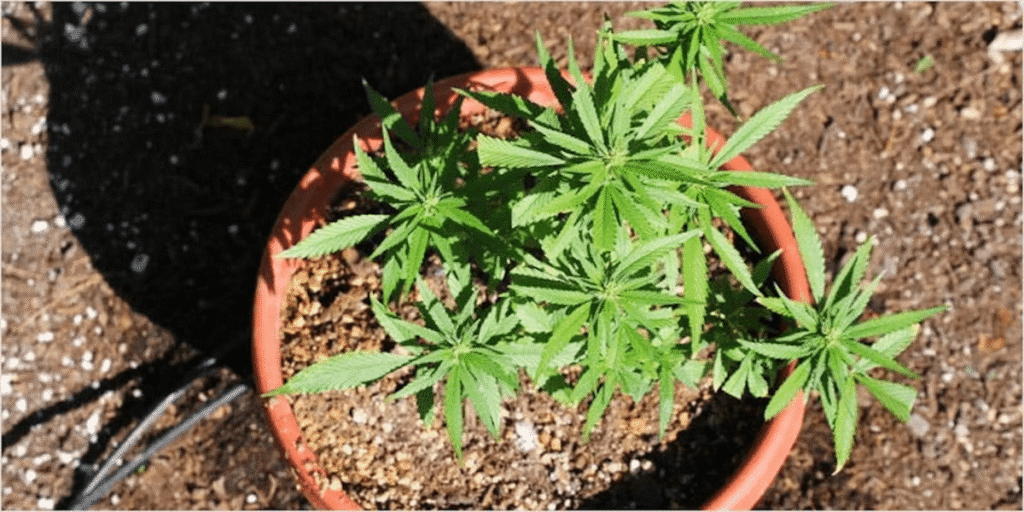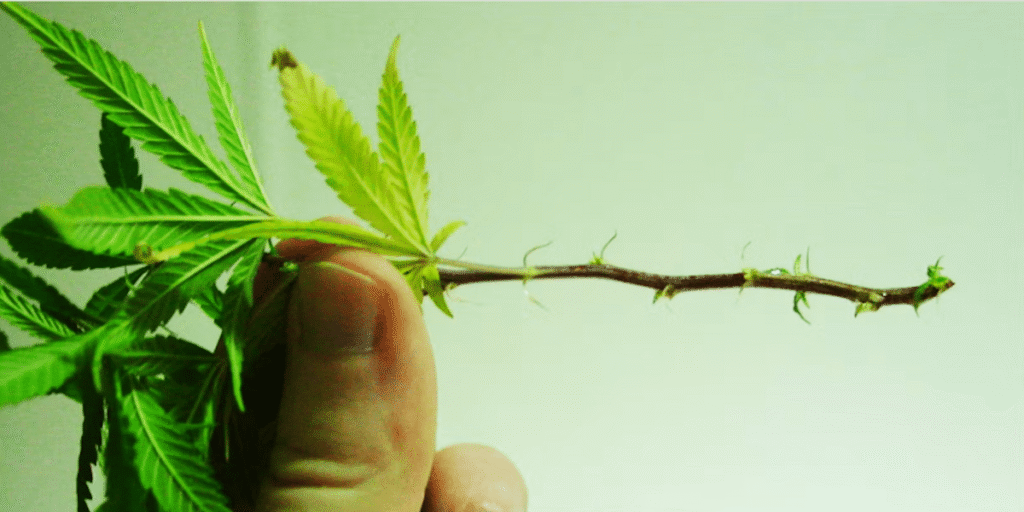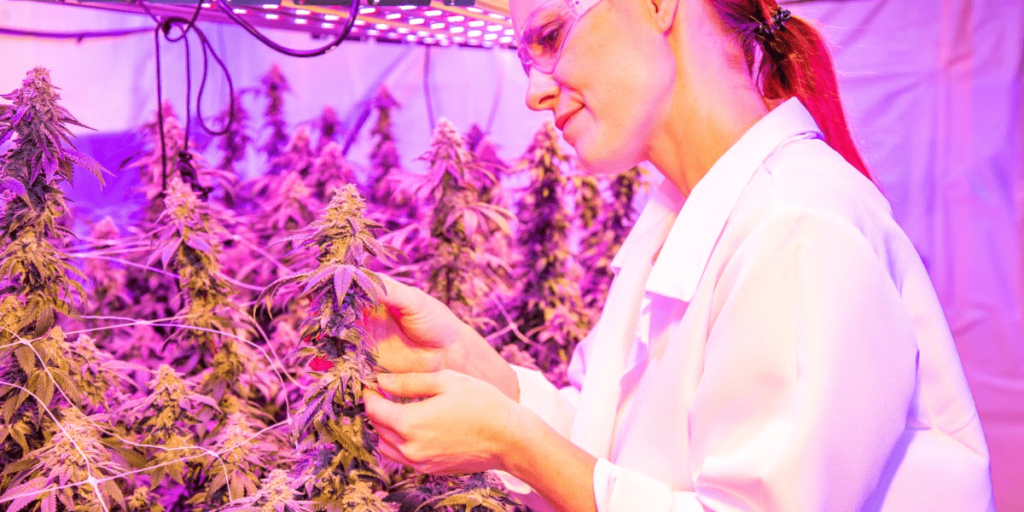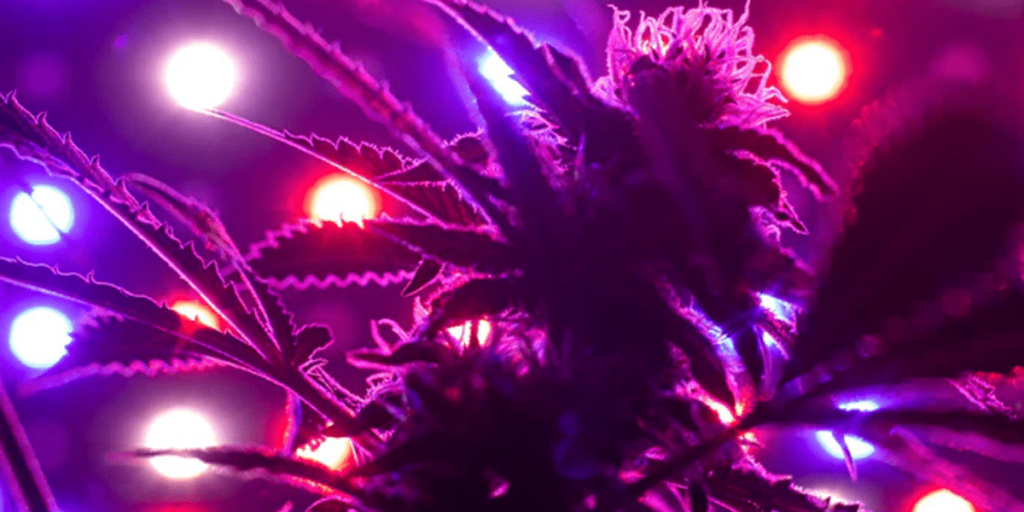Cloning plants sounds like magic, doesn’t it? The idea of making an identical copy of your favorite tomato plant or mint bush is super exciting — until it doesn’t work. If you’ve ever tried cloning and ended up with wilted cuttings or weak roots, you’re not alone. Many beginners (and even experienced gardeners!) stumble on the same common cloning mistakes.
Don’t worry — today we’ll cover the top common cloning mistakes, how to fix them, and answer your burning questions at the end. Let’s make cloning stress-free and fun!
What Is Plant Cloning? Uncovering Common Mistakes in the Process
Simply put, cloning is taking a cutting (usually a stem) from a healthy “mother” plant and encouraging it to grow roots, making a genetic copy of the original. It’s popular in hydroponics, indoor gardening, and even traditional soil growing.
Quick 5-Step Guide to Cloning: Avoiding Key Mistakes
Here’s a super easy cloning cheat sheet to get you started:
- Select a healthy mother plant
- Cut just below a node at a 45° angle
- Dip in rooting hormone
- Place in a moist medium (rockwool, coco, or water)
- Maintain warm temps & high humidity
That’s it! Easy, right? Let’s make sure you avoid the most common cloning mistakes too.
5 Common Cloning Mistakes and How to Prevent Them
1️⃣ Using unhealthy or weak mother plants
If the mother plant is sick, stressed, or nutrient-deficient, the clone will inherit all those problems.
Tip: Always choose a vigorous, pest-free, mature plant with strong growth.
2️⃣ Making improper cuts
A jagged or crushed stem won’t root well.
Tip: Use a clean, sharp blade and make a 45° angle cut just below a node (where leaves attach).
3️⃣ Skipping rooting hormone
While not always necessary, rooting hormone significantly boosts success rates.
Tip: Dip the cut end into a rooting hormone powder or gel to stimulate faster root growth.
4️⃣ Overwatering or underwatering
Cuttings without roots are fragile — too much water leads to rot, too little causes wilting.
Tip: Keep the growing medium (like rockwool, coco coir, or water in hydroponics) consistently moist but not soggy.
5️⃣ Ignoring humidity and temperature
Clones thrive in high humidity (70–90%) and warm temperatures (22–26°C / 72–78°F).
Tip: Use a humidity dome, mist cuttings lightly, and maintain gentle warmth.

Top Plants for Cloning: Beginner-Friendly Options and Pitfalls
If you’re new to cloning, start with these easy and forgiving plants:
Tomatoes (fast-rooting & rewarding)
Basil (aromatic & easy)
Pothos (houseplant classic)
Strawberries (great for hydroponics)
Geraniums (colorful blooms)
These plants root quickly and bounce back easily — perfect for practice!
Signs of Cloning Failures: How to Recognize and Fix Mistakes
| Symptom | Cause | Fix |
|---|---|---|
| Leaves yellow & droopy | Low humidity | Mist or use dome |
| Stem turns mushy | Overwatering or rot | Reduce water & improve airflow |
| No roots after 3 weeks | Weak cutting or too cold | Try warmer temp or healthier cuttings |
FAQ: Clearing Up Common Cloning Mistakes You’re Likely to Make
Q1: How long does it take for clones to root?
Usually 7–14 days, but some plants (like woody herbs) can take longer. Be patient and avoid tugging on cuttings too soon.
Q2: Can I clone any plant?
You can clone most herbs, vegetables, and houseplants — but some plants, like succulents or cacti, need slightly different methods.
Q3: Do LED grow lights help with cloning?
Yes! Soft, full-spectrum LED lights encourage strong root development without overheating. Avoid intense direct light at first.
Q4: Why are my clones wilting after a few days?
Likely low humidity, too much light, or cuttings drying out. Use a humidity dome and reduce light intensity until roots form.
Q5: Should I fertilize clones right away?
Nope — wait until roots develop. Feeding too early can “burn” tender cuttings. Once rooted, introduce a gentle nutrient mix.
Once roots develop, knowing when to repot is key — here’s a guide on repotting for bigger yields.
Let’s Grow Together: Avoid Cloning Errors with These Tips
Got questions? Or want to show off your clone babies?
Tag us on Instagram @Greenfuturelight — we love seeing your plant projects!
For more hydroponic tips, grow lights, and plant care guides, visit our website www.greenfuturelight
Ready to grow healthier plants? Browse our premium LED Grow Light Collection now!
Need expert advice? Contact Our Team for a free consultation today!
Happy cloning! ✨



